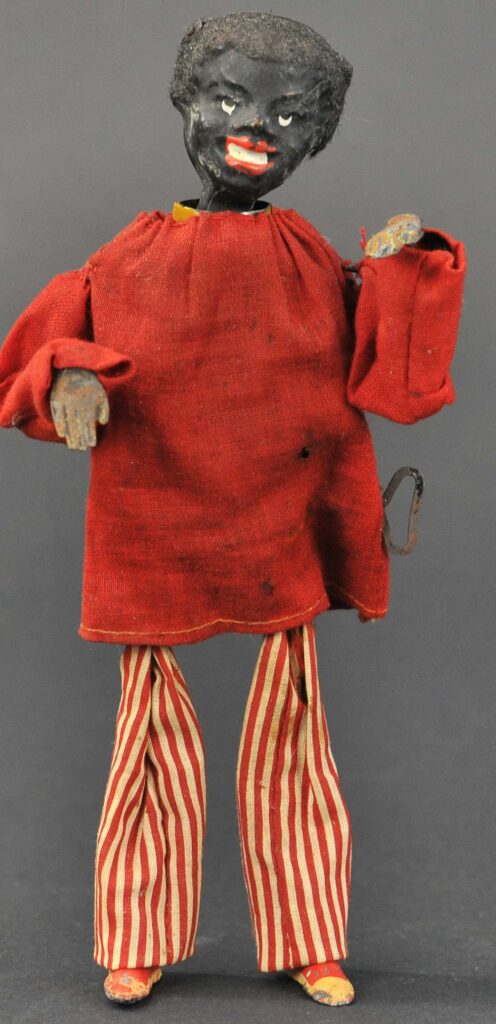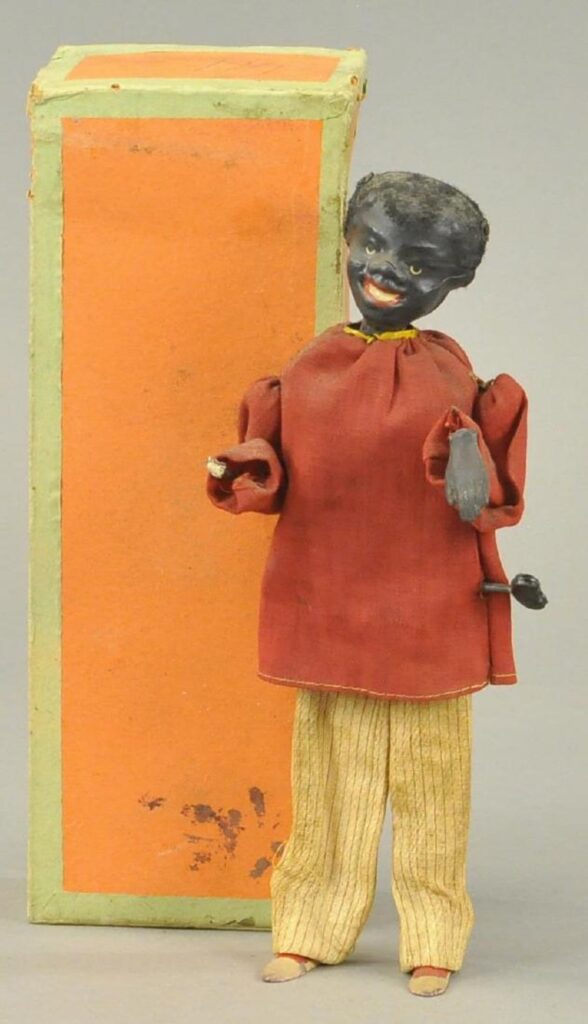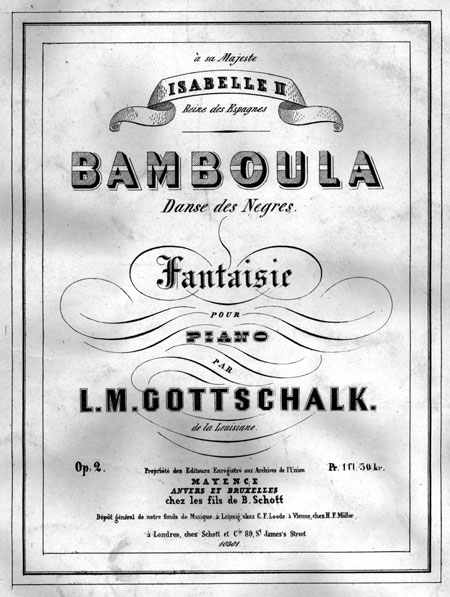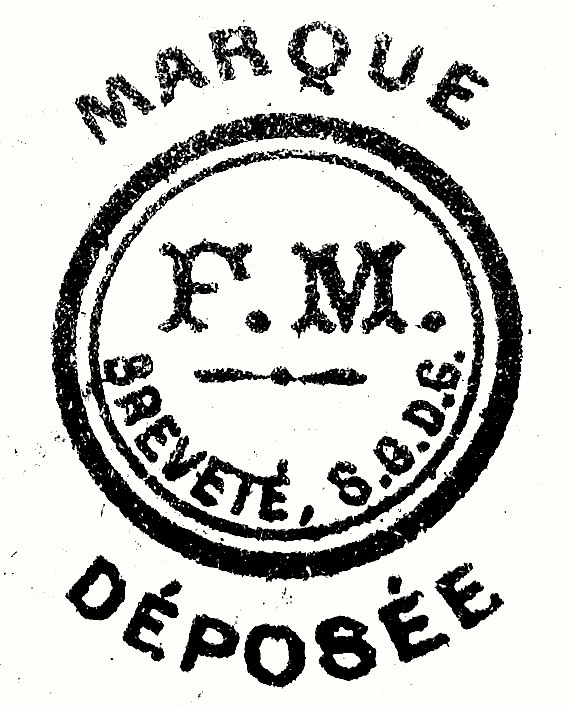The Bamboula is the representation of a dancing black person from 1901.
Martin article number 179
The height of this figure is 20 cm (7,8 inch), after winding his body waggles from left to right and his arms moving up and down.
This “Bamboula” dance form dates back a long time


The first figure is produced by George Flersheim and the other one by Fernand Martin, recognizable by the shape of the keys
A peace of history:
The bamboula, from the Bantulanguages of central and southern Africa, is derived from kam-bumbuluand ba m’bula, meaning a drum fashioned from a section of giant bamboo with skin stretched over it, as well as the rhythmic danceaccompanied by music from these drums.
Originally from Africa and although today is said to be related to the African Bomba from Puerto Rico.
The bamboula shape appears in a Haitian song in 1757 and made its way to New Orleans even before the 1791 slave revolt.
The bamboula became a dance performed to the beat of the drums, usually during festivals, celebrations and ceremonies.
The Haitian Revolution (1791–1804) was a slave revolt in the then French colony of Saint-Domingue and led to the free black republic of Haiti.
At the beginning of the revolution, thousands of Haitian immigrants included many free people of color, whites, and enslaved Africans had fled the colony and a large number of them settled in Louisiana and set up new plantations there. In 1803, Napoleon authorized the “Louisiana Purchase”, leaving a huge area west of the Mississippi in the hands of the United States.
The enslaved Africans gathered during festivals, celebrations and ceremonies in New Orleans at the Congo-Square on the edge of the French Quarter area to dance the bamboula together.

With tanks to “Period Paper” that I may use this picture
The American composer Louis Moreau Gottschalk, born in New Orleans composed in 1848 a piece for Piano entitled Bamboula “Danse des Negres”.

Sources: From Wikipedia, the free encyclopedia, and tanks to “Period Paper” that I may use the picture from 1895 print.
